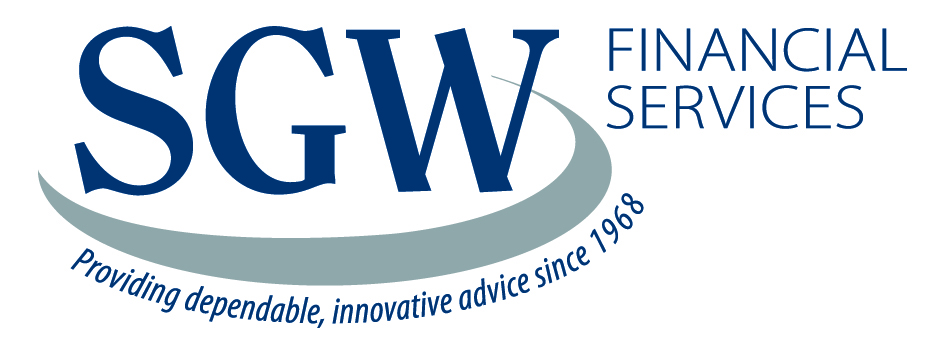Women face big challenges when it comes to saving for super. Often they earn less than men and take breaks from work to care for children and parents, all of which plays a role in reducing super contributions and investment earnings.

This can add up to a big difference at retirement. Women nearing retirement (age 55 to 59) have average super balances of $123,642, far short of the minimum $545,000 needed for an individual to retire comfortably1, compared to the average balance of $237,022 for men. And with women typically living longer than men they may need more in super to pay for an extended retirement.
The good news, no matter where you are in your retirement saving journey, is that you can take action now to build a bigger nest egg and close the yawning super gap between men and women.
Here are some strategies you might want to think about that can help increase your super balances. (As always, check eligibility rules and keep in mind tax and other implications as you consider them.)
-
Split contributions with your spouse. It can make sense to redirect some before-tax contributions from the higher-earning spouse to the account of the spouse who earns less. This way, both of you can grow your balances, and you don’t need to find extra money to do it. Your spouse may be eligible for a tax offset for this contribution. This strategy can also reduce taxes at retirement because an individual can have only $1.6 million transferred into a retirement account without paying taxes on earnings, but a couple can have $3.2 million.
-
Salary sacrifice. During your working career, you can ask your employer to direct some of your pre-tax pay as an additional concessional contribution to your super account. To tailor your contribution amounts to your personal situation, try this Super Contributions Optimiser.
-
Consider after-tax, or non-concessional, contributions. In addition to allowing you to save more, after-tax contributions can make you eligible for a government contribution to your super if you earn less than $52,697 per year before taxes.2
-
File your tax return. You need to do this for many reasons, but one is that if your taxable income is $37,000 or less, the government will refund the tax you paid on before-tax contributions, up to $500. This Low Income Superannuation Tax Offset, or LISTO, will happen automatically after you file your return.
-
Consolidate your super accounts. Combining multiple super accounts can simplify your financial life and save you money in fees. As you decide which accounts to close, look for reasonable fees, diversify according to your goals and make sure you maintain any insurance you need.
Even small changes can make a big impact. For example, a 20-year-old woman with median earnings of $55,000 could expect to accumulate $570,000 by retirement. If she takes a two-year break at age 30 to raise a child, she would end up with $30,000 less, according to research firm Rice Warner. But if she contributes just $33 more per week in her twenties, the price of a few cups of Melbourne coffee, she could close that $30,000 gap and still take two years off of work.
Please contact us on 02 6947 2866 if you seek further discussion .
1. According to a study by the Association of Superannuation Funds of Australia (ASFA)
2. Source: https://www.moneysmart.gov.au/superannuation-and-retirement/how-super-works/super-contributions
Source : Vanguard October 2018
Written by Robin Bowerman, Head of Corporate Affairs at Vanguard
Reproduced with permission of Vanguard Investments Australia Ltd
Vanguard Investments Australia Ltd (ABN 72 072 881 086 / AFS Licence 227263) is the product issuer. We have not taken yours and your clients’ circumstances into account when preparing this material so it may not be applicable to the particular situation you are considering. You should consider your circumstances and our Product Disclosure Statement (PDS) or Prospectus before making any investment decision. You can access our PDS or Prospectus online or by calling us. This material was prepared in good faith and we accept no liability for any errors or omissions. Past performance is not an indication of future performance.
© 2018 Vanguard Investments Australia Ltd. All rights reserved.
Important:
Any information provided by the author detailed above is separate and external to our business and our Licensee. Neither our business, nor our Licensee take any responsibility for any action or any service provided by the author.
Any links have been provided with permission for information purposes only and will take you to external websites, which are not connected to our company in any way. Note: Our company does not endorse and is not responsible for the accuracy of the contents/information contained within the linked site(s) accessible from this page
